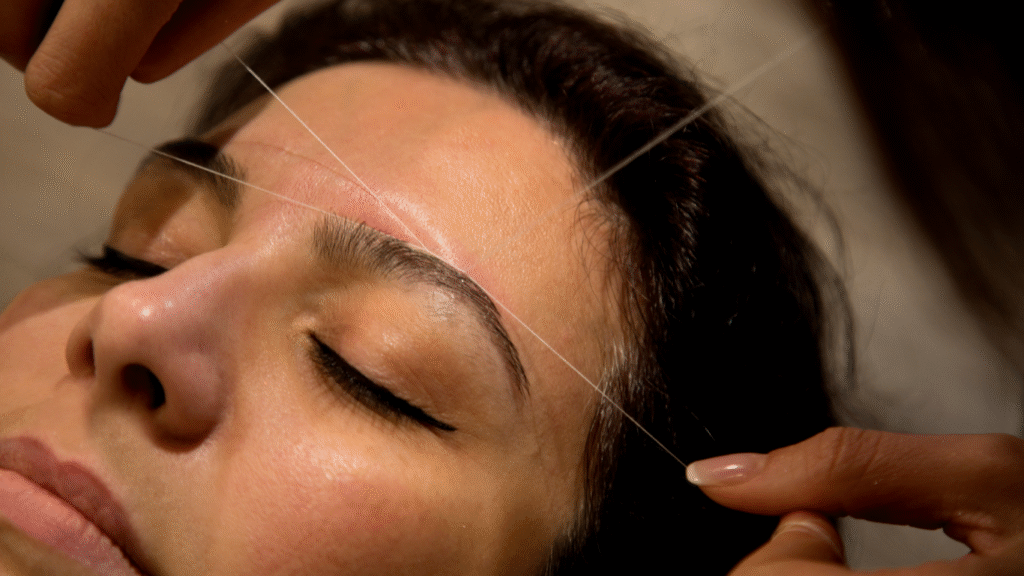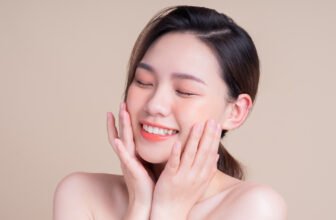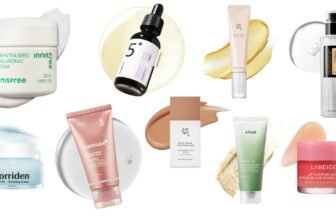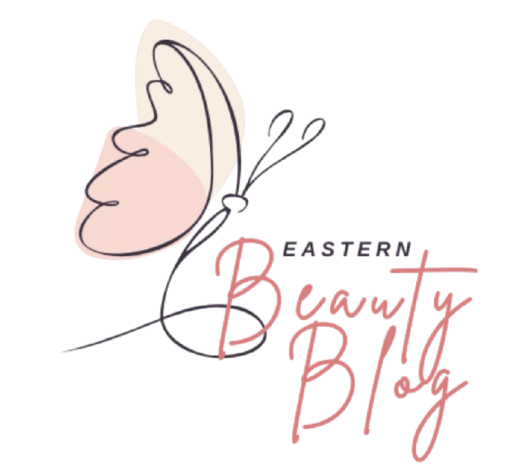If you have South Asian or Middle Eastern skin, chances are you’re probably choosing between waxing and threading.
Both are time-honored techniques deeply ingrained in beauty rituals throughout Asia and Africa (Barringer, 2013).
But which is gentler? Which is more effective on coarse hair? Which method truly works best for your unique skin needs?
This guide is to answer these questions, offering practical advice, honest pros and cons, and cultural context.
Whether you’re a skincare enthusiast, beauty blogger, or want to feel your best, read on to make an informed, confident choice for your skin.
Before you book your next appointment or reach for the wax strip, let’s clarify what each technique involves and how it interacts with different skin types.
What is Waxing?

Waxing is a hair removal method that uses warm or cold wax to trap hair. When the wax is pulled away, it removes hair from the root.
Waxing is suitable for various body parts, including the arms, legs, upper lip, and eyebrows.
Benefits of Waxing
- Longer-lasting results: Depending on your hair growth cycle, hair often takes 1–4 weeks to regrow.
- It can target larger areas: Perfect for arms, legs, and back.
- It may thin hair over time: Some people find their hair grows finer with regular waxing.
Challenges for the Skin
- Skin Sensitivity: Indian skin, especially the deeper and warmer undertones, may be more prone to pigmentation and post-wax redness.
- Hair Coarseness: Coarser hair requires more skillful waxing to avoid breakage and in-grown hair.
- Potential for irritation: Chemicals in the wax or low-quality waxes can trigger reactions such as bumps, rashes, or temporary hyperpigmentation.
- Not ideal for very sensitive facial skin: Thicker, sensitive areas like the upper lip may react with swelling or redness.
- Ease of use: Waxing is relatively easy to do yourself than threading.
What is Threading?

Threading uses a thin cotton or polyester thread, twisted and rolled to pull hairs from the follicle.
It is especially popular for facial hair removal, including the eyebrows, upper lip, and sideburns.
Benefits of Threading
- Precision shaping: Delivers sharper, cleaner brow shapes, making it a favorite for eyebrow sculpting.
- No chemicals are involved: Since chemicals are not used, threading is suitable for sensitive or allergy-prone skin.
- Minimal skin contact: Less risk of waxing-related irritation, burns, or peeling.
- Quick and affordable: Threading is often faster and more cost-effective for facial areas.
Challenges for Skin
- Pain Factor: Threading can feel sharper than waxing, particularly for individuals with thick or coarse hair.
- Possible irritation: This may cause redness or temporary bumps, especially in individuals with sensitive skin.
- Skill dependency: Results vary widely based on the practitioner’s expertise.
- Ease of use: Threading yourself is harder than waxing.
Key Differences That Matter
Skin Sensitivity
Asian skin ranges from fair, wheatish to dusky to deep chocolate tones.
These tones, rich in melanin, are beautiful but also more susceptible to pigmentation or marks when irritated.
Waxing: The heat or adhesive can disturb the skin barrier, triggering redness or even temporary dark spots (post-inflammatory hyperpigmentation).
If you have sensitive or acne-prone skin, apply hard wax and patch test first.
Threading: This method touches only the hair and minimal skin, reducing the risk of a topical reaction.
However, if your skin is extremely sensitive, quick strokes and ice treatment after threading can help soothe and minimize redness.
Hair Coarseness
South Asian and Middle Eastern women often have thick, dark, and coarse hair as a genetic trait.
The choice of method may depend on your hair type and the area being treated.
Waxing: It is highly effective for pulling out coarse hair from larger areas. But if hair breaks instead of being pulled from the root, you may end up with ingrown hairs.
Threading: Offers greater control for precise areas, such as the eyebrows and upper lip. However, the process can sting more for very coarse hair and may need to be done in smaller sections.
Frequency & Hair Regrowth
- Waxing: Slower regrowth. However, you need enough hair (usually about 1/4 inch) for the wax to grip.
- Threading: Perfect for touch-ups. Removes even the shortest and finest hairs, making it ideal for last-minute shaping.
Pain Level
Pain levels are subjective, and tolerance can vary from individual to individual.
- Waxing: Generally less stinging for larger areas, but can be more uncomfortable for sensitive or bony areas.
- Threading: Sharper, short bursts of pain, especially along the brow bone or upper lip.
Aftercare and Side Effects
After Waxing:
- Avoid sun exposure for 24 hours to prevent pigmentation.
- Use a soothing gel, such as aloe vera, and avoid harsh products.
- Avoid exfoliating for at least 48 hours after waxing.
After Threading:
- Apply a cold compress or ice to minimize redness.
- Avoid applying makeup or heavy creams for about an hour.
- Keep brows clean and free from oil or dirt.
Which Method is Right for You?
Choosing between waxing and threading is a personal decision informed by your hair type, skin needs, and preferences.
Here are a few scenarios that might help:
- Sensitive Skin & Prone to Pigmentation? Try threading, especially for your face. It minimizes chemical exposure and skin trauma.
- Coarse Hair in Larger Areas, but not too sensitive? Waxing is a more time-efficient and effective method, delivering smoother results that last longer.
- Precision Matters (especially for brows)? Threading offers ultimate control for detailed shaping.
- Quick Touch-Ups Needed? Threading can remove even the tiniest regrowth without waiting for hair to grow longer.
Tips for Your Best Brow or Smoothest Skin
- Find a skilled technician: Whether threading or waxing, expertise matters. Ask for referrals or check reviews for professionals who have experience with Asian skin and hair types.
- Prep your skin: Cleanse thoroughly before your appointment and avoid applying heavy creams, makeup, or oils.
- Pain relief: For waxing, try applying a numbing cream 30 minutes before. For threading, holding the skin taut can help minimize discomfort.
- Aftercare is key: Soothe with aloe, rose water, or a gentle gel and protect with SPF.
- Communicate: Don’t hesitate to share your past experiences, allergies, or concerns about pigmentation or breakouts with your technician.
Celebrating Asian Beauty and Community
Hair removal is a personal choice, and every skin type reacts differently to it.
Whether you’re a waxing devotee or a threading enthusiast, the most important thing is to feel comfortable and confident in your skin.
Remember, there’s no universal answer; it’s about what fits your beauty goals and lifestyle.
To stay up-to-date with the latest articles, tips, and news from our blog, consider subscribing to our newsletter!
You’ll receive regular updates delivered straight to your inbox, making it easy to keep in touch with all things related to our content.






